HEMA
Also known as Historical European Martial Arts, HEMA is a rapidly growing combat sport in the United States. By itself it is not a Martial Arts System but instead a broad umbrella term that includes a variety of fighting arts from a period of several centuries. The earliest HEMA resources date to the 13th century, and the most recent from the 19th century.
To be considered HEMA an art needs some kind of surviving documentation. Without a surviving text or manuscript to work from anything done is pure speculation. For this reason there are no Roman or Viking arts included in HEMA. It also explains why Germany, as the center of publishing during the Renaissance with the invention of the movable type printing press, is so widely represented in the Historical European Martial Arts.
However just because HEMA comes from Europe, it doesn’t mean you need to.
Historical Fencing
How then is Historical Fencing different from HEMA? Well, it really isn’t. However at the Sacramento Historical Fencing Academy we don’t just train HEMA. Instead we focus on a variety of fencing systems that are rooted in the past, although not necessarily in our past. After all, the Philosophy of Battle with the LEDSaber comes from a time long long ago, and a galaxy that is far, far away.
However it is fair to say that the rest of the arts we teach, Kunst des Fechtens, La Verdadera Destreza, and Scienza d’Arme are HEMA. In fact they come directly from some of the most famous names in Historical European Martial Arts, Joachim Meyer, Jeronimo Sanchez de Carranza, and Salvator Fabris. Joachim Meyer’s manual on Kunst des Fechtens is one of the most complete works ever recorded on the subject and includes material on the Lange schwert (Longsword), Dussack (Cutlass), Rappier (Sidesword), Dolch (Dagger), Ringen (Wrestling), and Stangen (Staff). Jeronimo Sanchez de Carranza began a tradition that lasted over 200 years and includes material on the single handed sword and two handed Montante. Salvator Fabris meanwhile produced a work that revolutionized the way Europeans fought with the Rapier. His Italian methods became so popular that they would supplant the traditional German teachings championed by Meyer.
A Growing Pastime
A decade ago, very few people had heard of HEMA. When the founders of the Sacramento Historical Fencing Academy began people thought they were either doing Olympic Fencing or part of the SCA. Now, thanks to stories by the New York Times and tournaments shown on ESPN, the awareness of Historical Fencing is growing.
Popular media such as Game of Thrones, The Witcher, and the new Star Wars movies has further helped drive this growth. Indeed one style of Historical Fencing that we train, the Combat Saber Philosophy of Battle, has been recognized by the French Fencing Federation as an official sport. But that doesn’t mean that Kunst des Fechtens and Scienza d’Arme are left out, they have been recognized as a legitimate form of fencing by a number of modern fencing organizations throughout Europe and the United States.
This move to combat sport status has also helped in the growth of HEMA. Having an environment to test the skills you train against a non-compliant opponent has helped place Historical Fencing in a unique situation. More than a traditional martial art or pure combat sport, Historical Fencing gets to enjoy the best of both worlds.
HEMA is seeing full time fencing and martial arts schools popping up throughout the United States and the world and the Sacramento Historical Fencing Academy is excited to be a part of that trend.
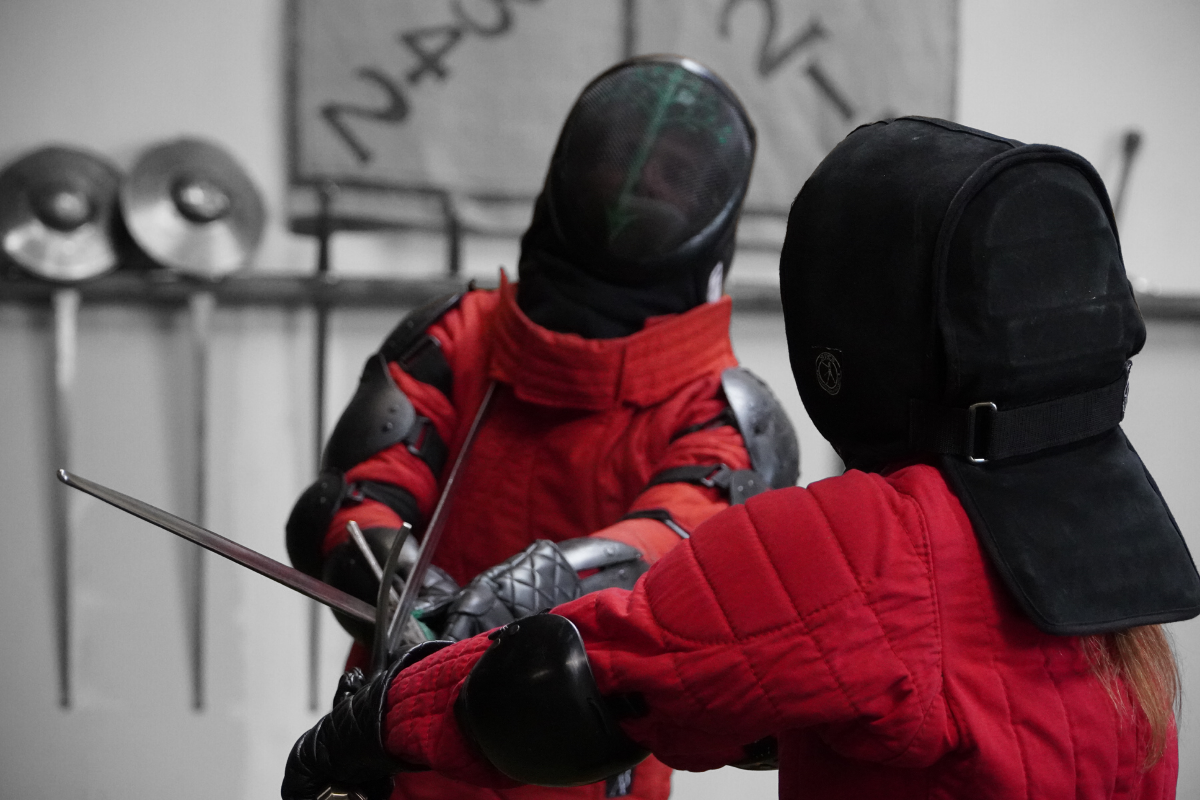

 Ronin Richards
Ronin Richards

 Ted Elsner
Ted Elsner


 Arthur Henry
Arthur Henry


 Peter Morrow
Peter Morrow

 Alexander Snook
Alexander Snook

 Douglas “Nytshaed” Leonard
Douglas “Nytshaed” Leonard


 Chris "Mongoose" Ryan
Chris "Mongoose" Ryan







 Kaden Wang
Kaden Wang

 Andrew Pietersen
Andrew Pietersen

 Ted Elsner
Ted Elsner
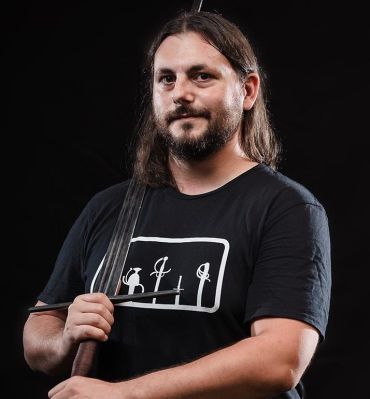 Alexander Snook
Alexander Snook
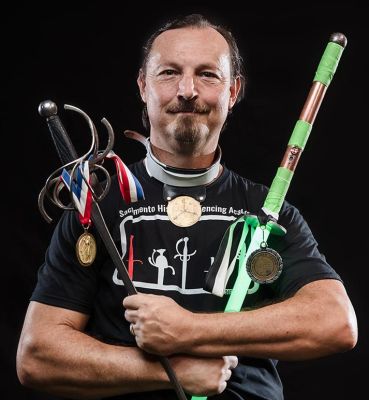 Douglas “Nytshaed” Leonard
Douglas “Nytshaed” Leonard
 Ronin Richards
Ronin Richards
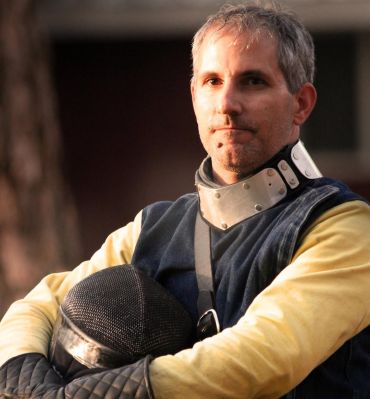 Chris "Mongoose" Ryan
Chris "Mongoose" Ryan
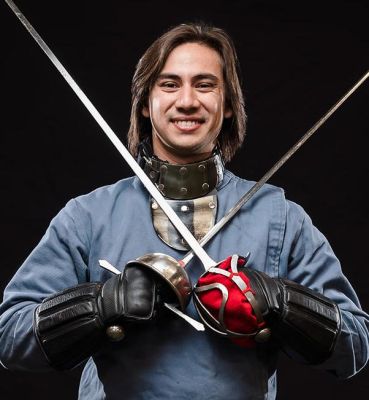 Andrew Pietersen
Andrew Pietersen
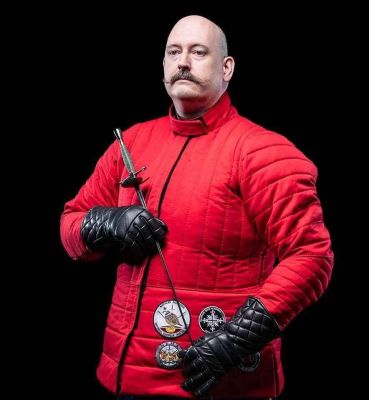 Peter Morrow
Peter Morrow
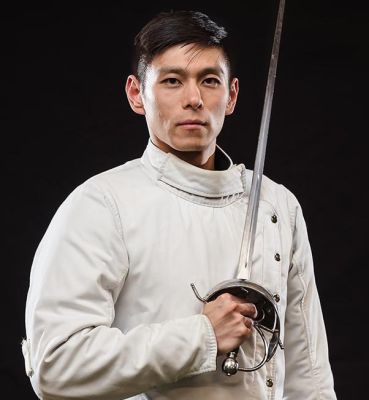 Kaden Wang
Kaden Wang
 Arthur Henry
Arthur Henry
